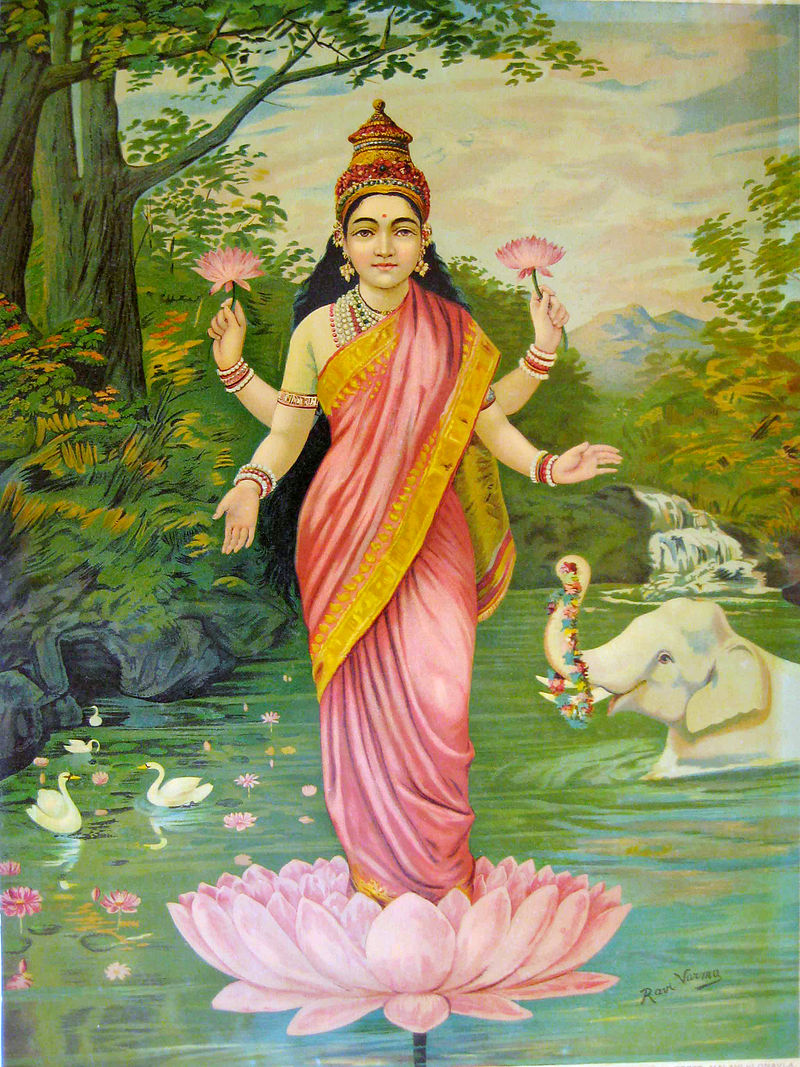Traveling
in India as a foreign European or American woman can be a deeply rewarding
experience due to its rich cultural heritage, diverse landscapes, and warm
hospitality. However, like many other countries, it’s essential to be aware of
safety practices, especially for solo women travellers. India is vast and
varies greatly from region to region in terms of safety and cultural norms, so
understanding how to stay safe is key to having an enjoyable trip.
Understanding Cultural Norms
India has
distinct cultural traditions, many of which revolve around conservative values.
Foreign women, especially those from Western countries, may stand out due to
differences in appearance, dress, and behaviour. In many parts of India,
especially rural areas, it's uncommon for women to wear revealing clothing, and
modest dress is preferred. Wearing attire that covers the shoulders, chest, and
legs can help travellers avoid unwanted attention. In more cosmopolitan cities
like Mumbai or Delhi, women tend to have more freedom in how they dress, but
it's still advisable to dress modestly to avoid misunderstandings.
Safety Tips for Women Travelers in India
- Choose Accommodations Wisely:- Stay in well-reviewed
hotels or homestays that are known for their security and hospitality
towards female travellers. Many cities offer women-only hostels or
specific floors in hotels for female guests.
- Research Before Traveling:- Different regions of
India have varying levels of safety, so it’s important to research where
you’re going. Some areas, especially in larger cities, can have higher
rates of street harassment or petty crime. Southern cities like Kochi,
Bengaluru, and cities like Udaipur and Jaipur in Rajasthan are generally
considered safer than some of the more densely populated cities in the
north.
- Be Cautious of Public
Transport:-
Public transportation can be overwhelming, especially during peak hours.
Trains and buses can get crowded, and in such cases, pickpocketing or
harassment can occur. Many cities have introduced women-only compartments
or sections on public transport. If traveling long distances, book private
taxis through reputable apps like Uber or Ola, or hire a registered taxi
from a trusted source.
- Stay Connected:- Always keep your phone
charged and have a local SIM card for emergencies. Share your itinerary
with a trusted person back home and keep them updated about your
whereabouts. It's also a good idea to register with your embassy in India,
so they can reach out in case of any issues.
- Blend In and Stay Low-Key:- Avoid drawing unnecessary
attention to yourself. Carry minimal jewelry, and don’t flaunt expensive
electronics or cash in crowded places. The less attention you draw, the
better. Additionally, learning a few basic Hindi phrases can help in gaining
respect and ease communication with locals.
- Be Assertive in
Uncomfortable Situations:- If you ever feel uncomfortable or harassed,
don’t hesitate to firmly say “No” or “Stop.” If needed, raise your voice
or seek help from bystanders. In most cases, locals are very supportive
and will come to your aid if they see you in distress.
- Trust Your Instincts:- If something feels off
about a location or person, trust your gut and remove yourself from the
situation. India can be overwhelming, but your intuition is often your
best guide.
- Avoid Traveling Alone at
Night:-
While it’s common to explore during the day, try to avoid traveling alone
at night, especially in isolated areas. If you must, opt for well-lit
streets or places with more people around, and always arrange
transportation through a trusted service.
- Be Wary of Scams:- In some tourist-heavy
areas, foreigners may be targeted by scammers. Be cautious if someone
offers unsolicited help, especially in tourist hubs or transportation
hubs. Always verify information from official sources, and be sceptical of
people offering too-good-to-be-true deals.
- Carry Essentials:- Always have a small
first-aid kit, hand sanitizer, and some bottled water with you. Tap water
in India is generally not safe for drinking, and it’s better to rely on
bottled or filtered water to avoid any health issues.
Special Initiatives for Women Travelers
India has
made strides in making travel safer for women. Some cities now have dedicated
women police patrols, women-only metro coaches, and taxis driven by women for
women. Additionally, there are apps and websites specifically designed to
assist women travellers with safe accommodation and verified transport options.
Emergency Contacts
It’s
essential to be aware of the local emergency contact numbers. In India, you can
dial 112 for emergency services, which includes police, fire, and
medical assistance. Many cities also have special women’s helplines to address
issues of harassment.
Finally
While
traveling in India as a European or American woman requires some extra
precautions, it can still be a safe and enriching experience if approached with
awareness and careful planning. By respecting local customs, staying vigilant,
and following basic safety measures, women can enjoy the incredible beauty and
culture of India. With the right mind set and preparations, solo travel in
India can be an empowering and memorable adventure.
























